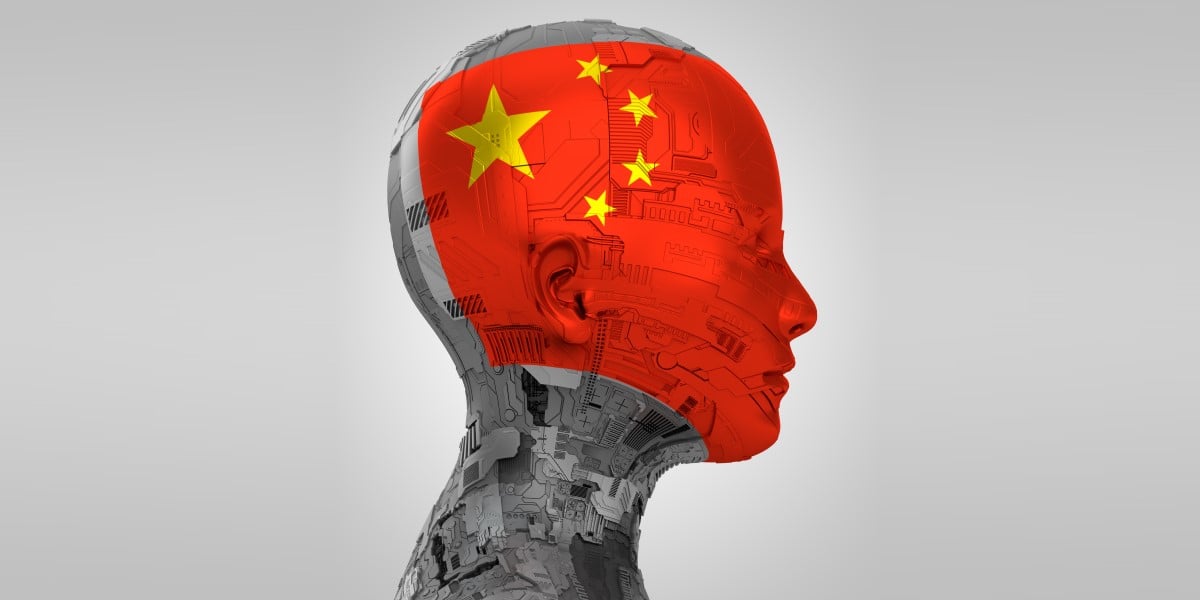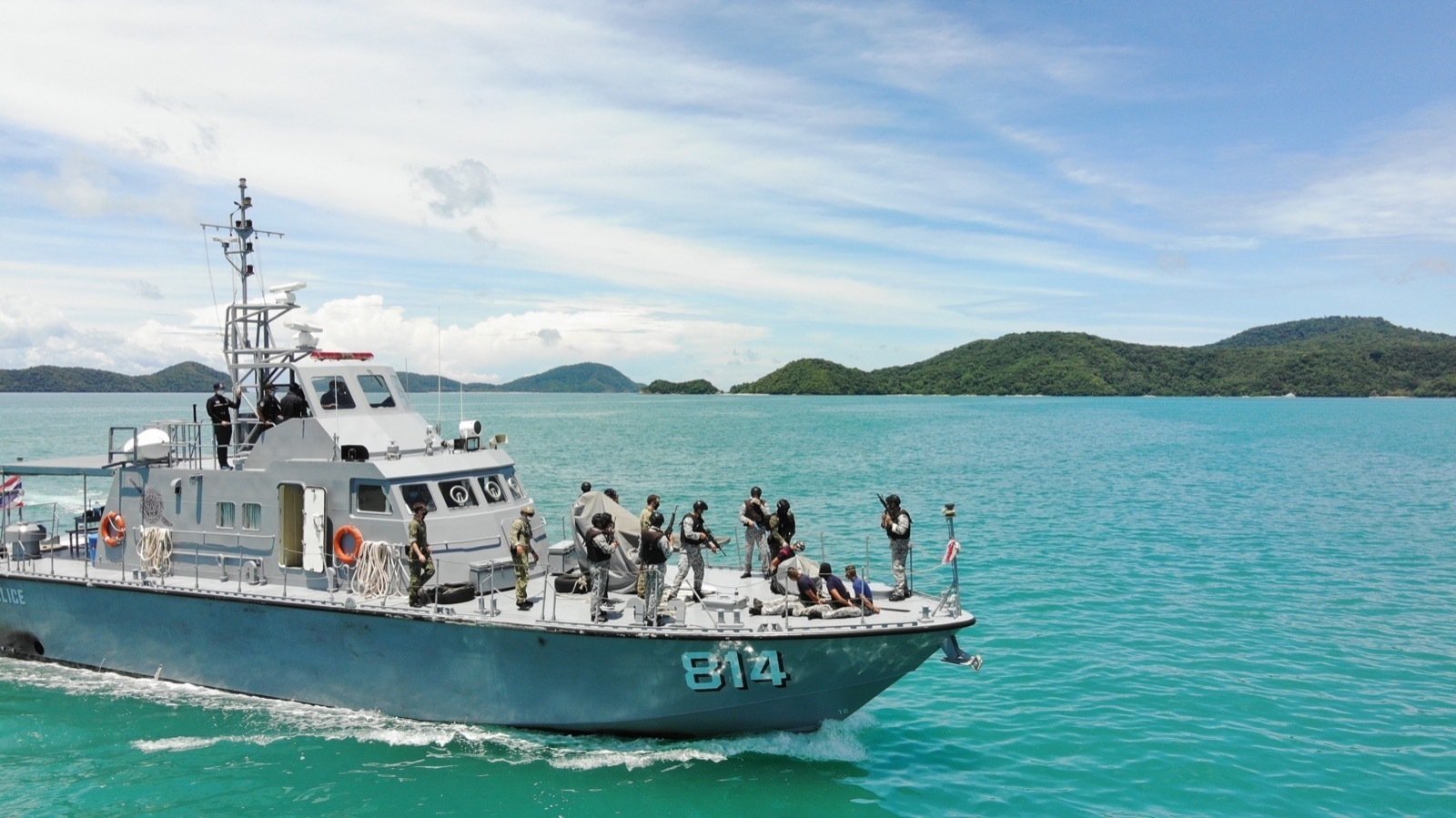Miljardien eurojen kuumentunut mikropiiribisnes ulottuu myös Tampereelle – Timo Hämäläinen ja Ari Kulmala vetävät mikropiirejä suunnittelevaa 61 henkilön tutkimusryhmää
Tampereen yliopiston SoC Hub -hanke kokosi 22 miljoonan euron rahoituksen yrityskonsortion kanssa ja suunnitteli ensimmäisen järjestelmäpiirinsä tuotantoon ennätysajassa, alle vuodessa.
Myös valtiot ja valtioiden liitot, kuten Yhdysvallat ja EU ponnistelevat parhaillaan kohti omavaraista mikropiirien tuotantoa. Mukana tässä kuviossa on myös Tampereen yliopiston SoC Hub -hanke, josta lähti marraskuun lopulla tuotantoon tähän mennessä suurin yliopiston ja yritysten yhteistyössä Suomessa suunnittelema järjestelmäpiiri, englanniksi System on Chip (SoC).
SoC Hubin järjestelmäpiirin kotelointikuva näyttää, miten keskellä olevalta piipalalta eli itse mikropiiriltä johdotetaan ohuilla kultalangoilla sähköinen kytkentä kotelon juotosnastoihin. Piirin sisältävä kotelo kiinnitetään sitten juottamalla piirilevyn pintaan. Kuva: SoC Hub
”Tämä on yleiskäyttöinen siru. Siinä on Linux-käyttöjärjestelmällä pyörivä kaksiytiminen prosessori, kolmea erilaista RISC-V-prosessoria, signaalinkäsittelyyn ja koneoppimisalgoritmeihin sopivia kiihdyttimiä, paljon erilaisia sensoriominaisuuksia”, sanoo Ari Kulmala, järjestelmäpiirisuunnittelun työelämäprofessori ja SoC Hubin toinen vetäjä Tampereen yliopistossa.
”Tästä voisi tehdä vaikkapa niin sanotun reunalaskennan laitteen”, lisää Timo Hämäläinen, Tampereen yliopiston tietokonetekniikan professori ja SoC Hubin toinen vetäjä.
Reunalaskenta tarkoittaa laskentaa, jonka laite tekee itse keräämänsä datan perusteella lähettämättä sitä laskettavaksi pilven kautta servereille. Kun lähettäminen jää pois, laskenta nopeutuu. Esineiden internetin laajentuessa reunalaskennan tärkeys kasvaa koko ajan.
Kulmala ja Hämäläinen puhuvat SoC Hubin ensimmäisestä järjestelmäpiiristä jo kuin se olisi heillä käsissä. Oikeasti siru on vasta valmistuksessa TSMC:n tehtaalla Taiwanissa. Valmiin piirin professorit saavat kouriinsa maaliskuussa. Kulmalalle ja Hämäläiselle järjestelmäpiiri on kuitenkin jo hyvin todellinen, koska he ovat kaksi vuotta rakentaneet nyt yli 60 hengen ja 22 miljoonan euron tutkimuskonsortiota kolmen lastun suunnittelemiseksi.
SoC Hubin järjestelmäpiirin layout-kuvassa näkyy, miten piirin eri toiminnalliset osat on sijoitettu piipalalle, vähän kuin rakennukset asemakaavassa. Reunoilla näkyvät pisteet ovat kytkentäpisteitä, joista kultalangat lähtevät koteloon. Kuva: SoC Hub
Jo sitä voi pitää ennätyksenä, että Kulmala ja Hämäläinen saivat alle vuodessa koottua hankkeen rahoituksen ja neuvoteltua sitä varten eri yritysten kanssa yli 30 yhteistyö- ja salassapitosopimusta.
Toinen ennätys syntyi siitä, että SoC Hubin ensimmäinen järjestelmäpiiri valmistui tuotantoon sekin alle vuodessa. Yleensä uusien piirien kehittelyyn vierähtää reilusti kauemmin.
Rahoitus hankkeeseen tulee Business Finlandilta ja Pirkanmaan liitolta sekä mukana olevilta isoilta yrityksiltä, kuten Nokialta. Tampereen yliopiston osuus hankkeen budjetissa on 5 miljoonaa euroa.
Rahoituksen kokoon saamisen nopeus ja suuruus kuvaa hyvin sitä, miten tärkeänä omaa mikropiirinsuunnittelukykyä tällä hetkellä pidetään myös Suomessa ja Pirkanmaalla.
Enempää en uskalla lainata, juttu vain tilaajille.
Tampereen yliopiston SoC Hub -hanke kokosi 22 miljoonan euron rahoituksen yrityskonsortion kanssa ja suunnitteli ensimmäisen järjestelmäpiirinsä tuotantoon ennätysajassa, alle vuodessa.

www.aamulehti.fi


















